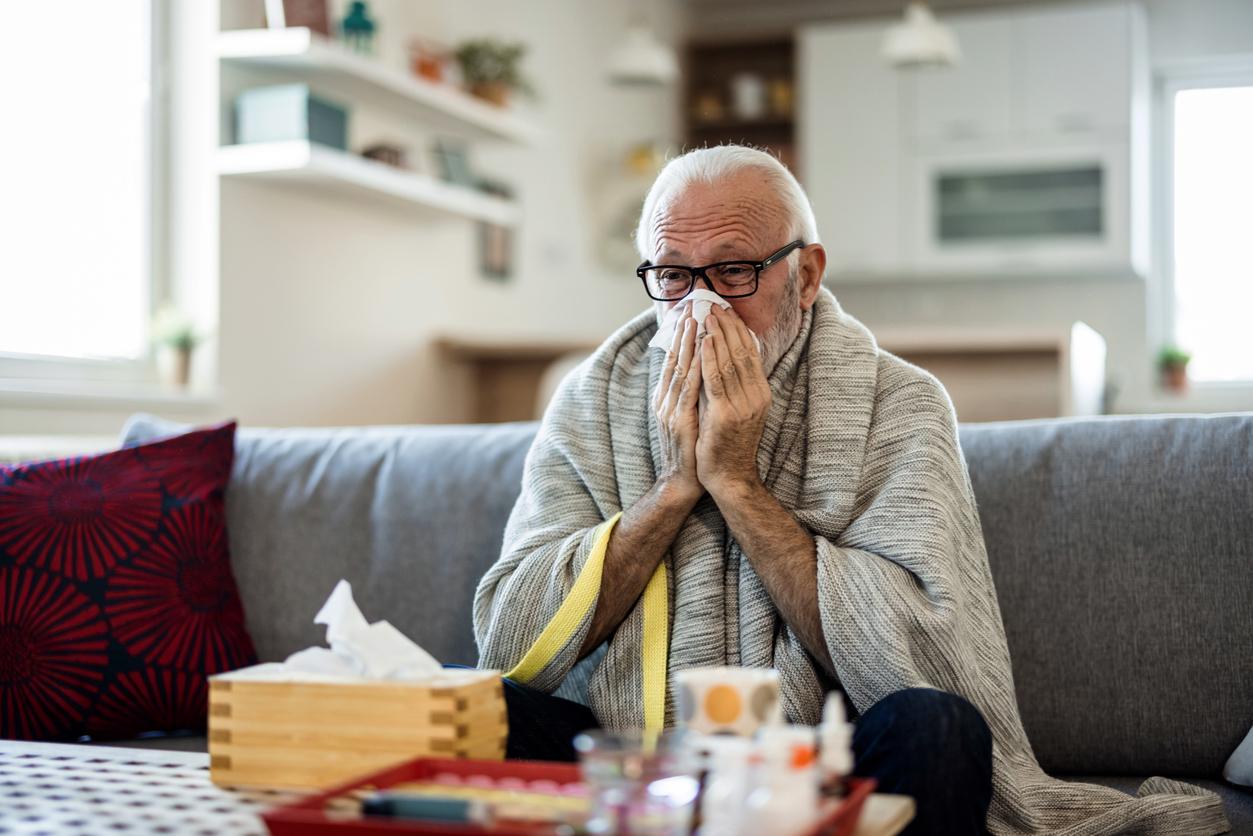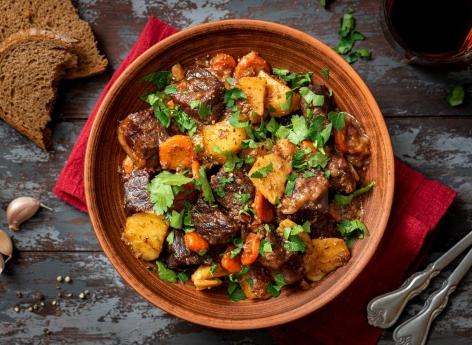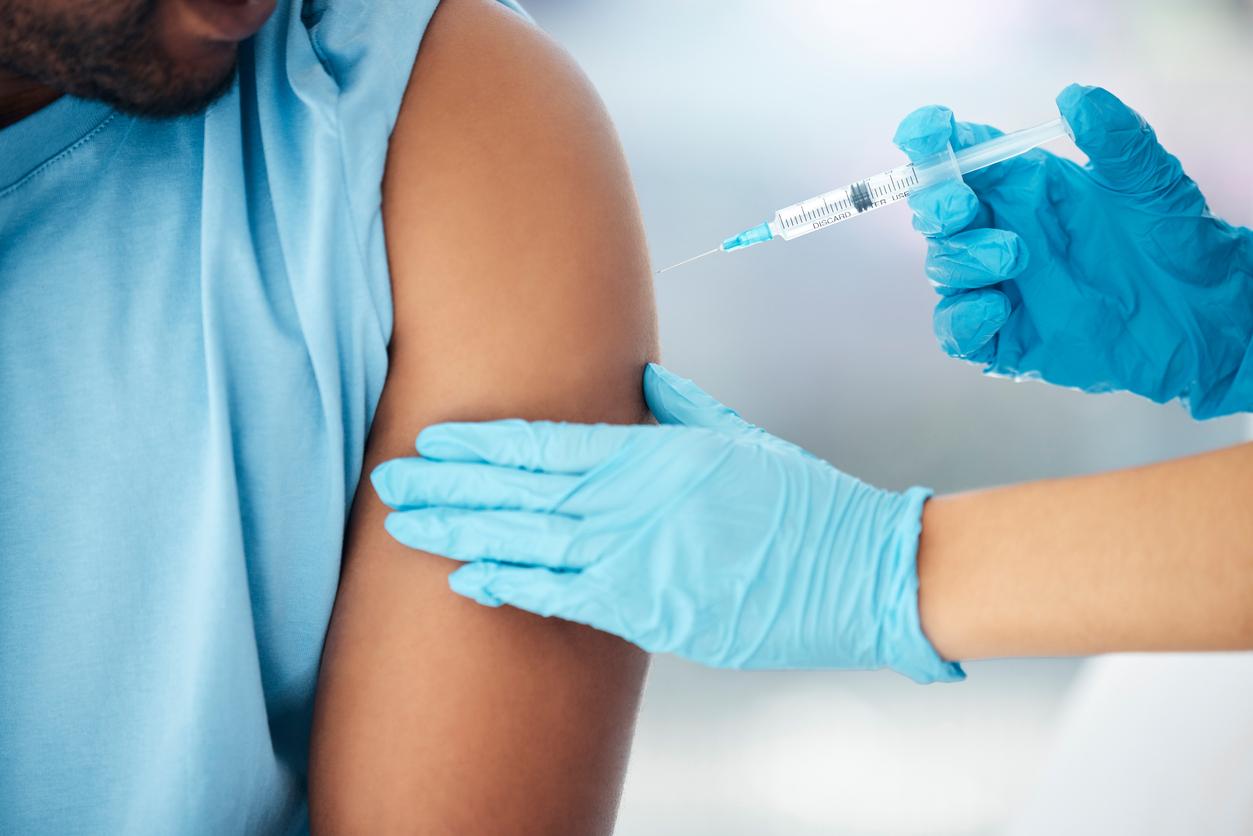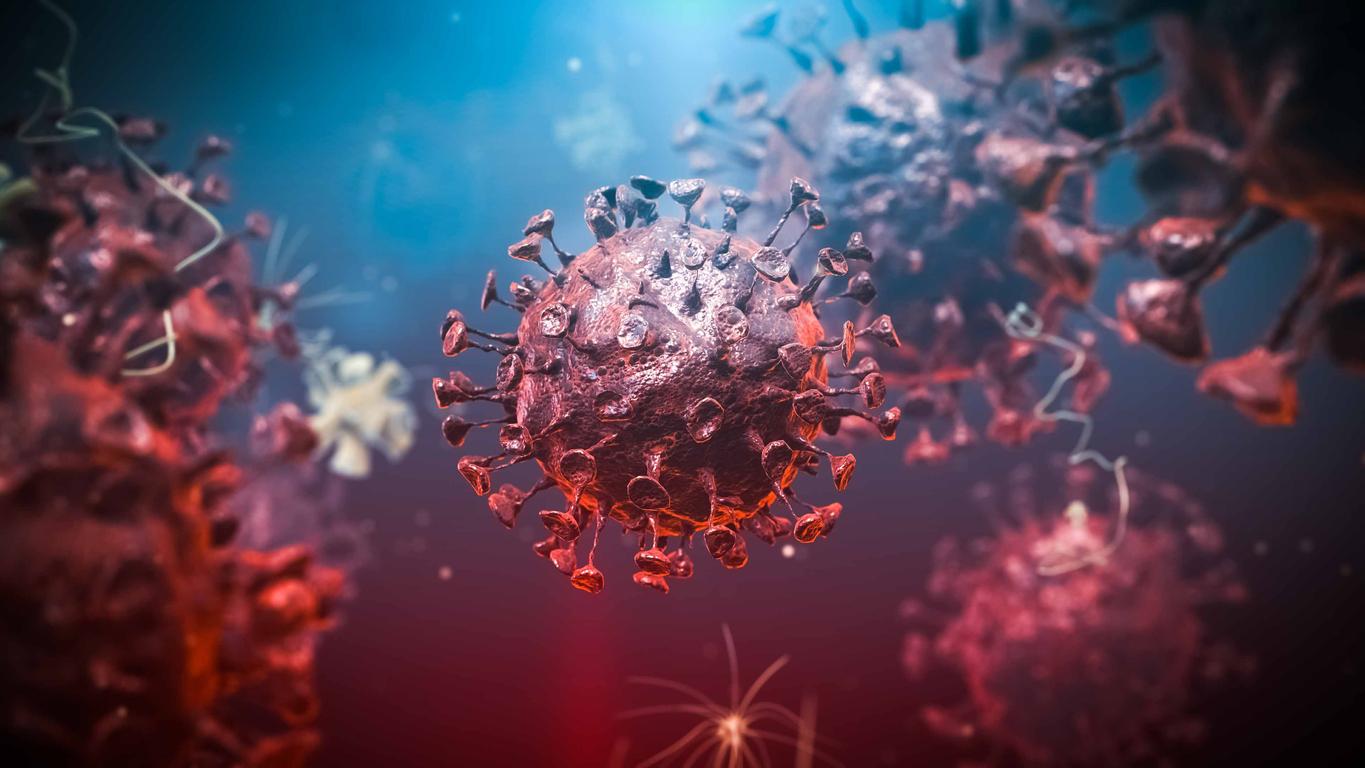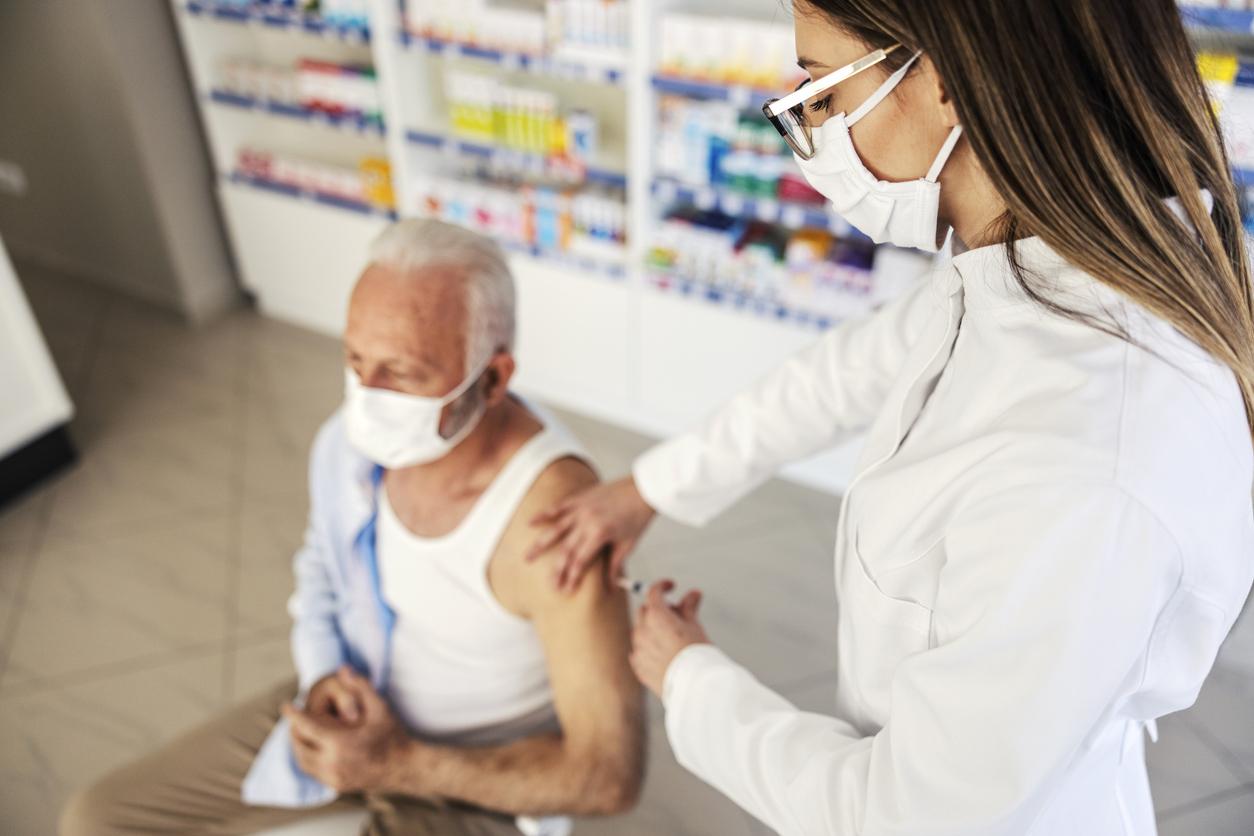In Manaus, in the north of Brazil, 66% of the inhabitants would have antibodies against the virus, a rate high enough to reach collective immunity according to researchers. The debate on collective immunity continues to animate researchers, some considering it close when others consider it unattainable.

- Herd immunity would be achieved if 70% of the population is immune to the virus.
- The antibodies developed after a first infection might not be enough to reach the herd immunity stage.
- Cross-immunity could allow us to arrive at herd immunity sooner than expected.
Before the arrival of a future vaccine or an effective treatment, herd immunity represents a credible way out of the crisis. British researchers recently estimated that the population already immune to Covid-19 brings us closer than we believe to collective immunity. In Manaus, in the north of Brazil, this would have just been reached with 66% of the population who would have antibodies against the virus. This statement results from the pre-publication of a study conducted by 34 Brazilian and international researchers. On this subject, scientists and researchers do not all agree on how to achieve this famous collective immunity.
For the Institut Pasteur, 70% of the population must be immunized to achieve collective immunity
Herd immunity is “the percentage of a given population that is immunized/protected against an infection from which an infected subject introduced into this population will transmit the pathogen to less than one person on average, effectively bringing the epidemic to extinction, because the pathogen encounters too many protected subjects”, described the Institut Pasteur in a press release published on September 9. This can be achieved in two ways: by natural infection or by vaccination.
To calculate the level of immunity necessary for it to become collective, we must look at the basic reproduction number of the disease – R0. This corresponds to the average number of people that an infected person will contaminate after contact. “The higher this basic reproduction rate, the higher the percentage of immunized subjects must be. For example, the R0 of seasonal flu = 2; of Covid-19 = 3.3; measles = 12-20”, specifies the Institut Pasteur. According to his calculations, it is therefore 70% of the population that must be immunized to achieve collective immunity.
Cross immunity, hope
Not all scientists agree on this figure of 70% of the population being immune to the virus. In an article published in the journal Nature Reviews Immunology on September 9, two researchers from the Institut Pasteur affirmed that collective immunity could be reached as soon as lasting antibodies are present in 50% of the population. An attainable threshold not without consequence since the researchers estimate that to reach this level, it would be necessary to count between 100,000 and 450,000 deaths in France.
Another obstacle to the strategy to end the pandemic thanks to collective immunity: the cases of reinfections. For the time being, a first contamination would not be enough to develop antibodies to protect us durably against the virus. In mid-August, a man who tested positive for Covid-19 for the first time in March reportedly contracted the virus again without developing symptoms. On this subject, scientific knowledge is not sufficient to know to what extent our antibodies protect us, nor for how long. According to studies, the duration of immunity varies from a few weeks to several months, or even longer for others.
On the positive side, cross-immunity could be an accelerator towards herd immunity. A German study published in the journal Nature late August believed that prior exposure to cold coronaviruses allowed some individuals to possess immune cells against SARS-CoV-2. In addition, and this is one of the arguments used by the three British researchers, collective immunity could be reached sooner than expected: the level of immunity is calculated using serological tests, but these tests would be incomplete and under-tested. would estimate the “seroprevalence of SARS-CoV-2”. In addition, all the antibodies generated by a first infection would not be sought.

.









